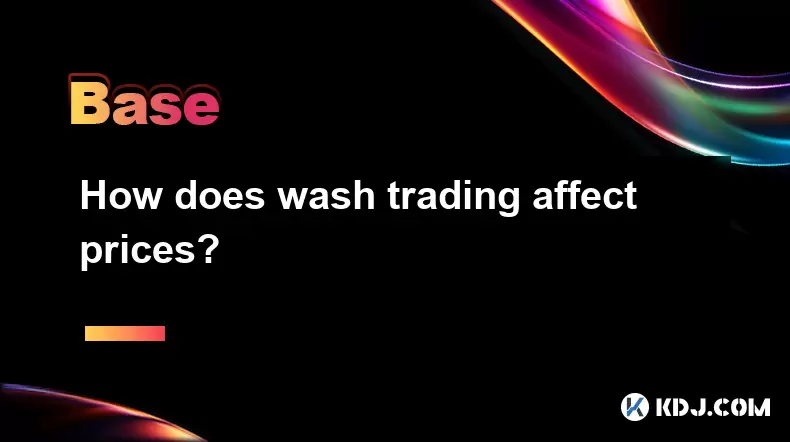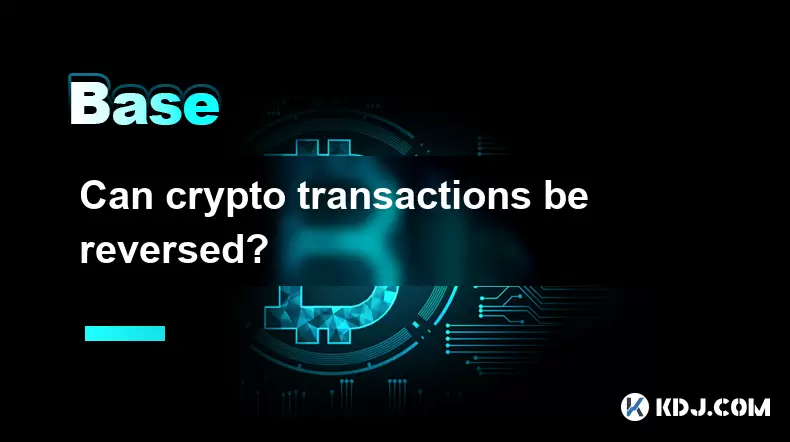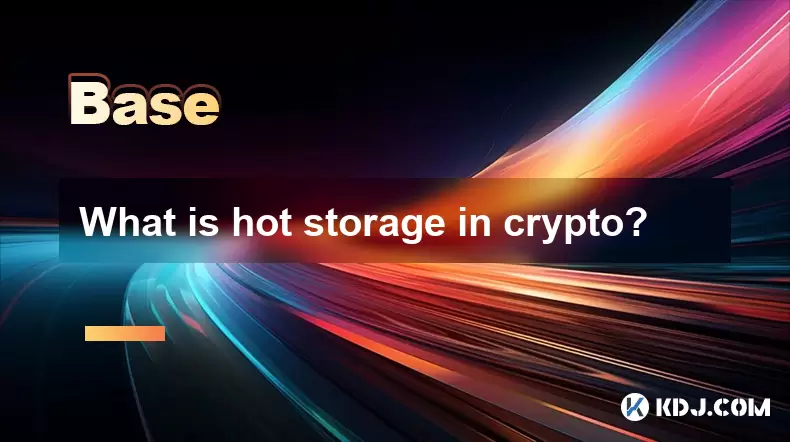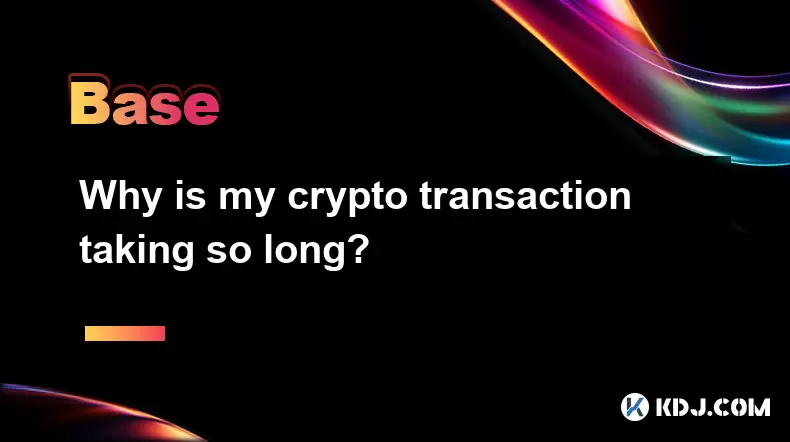-
 Bitcoin
Bitcoin $119300
2.40% -
 Ethereum
Ethereum $4254
-0.20% -
 XRP
XRP $3.184
-1.38% -
 Tether USDt
Tether USDt $1.000
0.00% -
 BNB
BNB $803.9
0.58% -
 Solana
Solana $183.1
1.50% -
 USDC
USDC $0.0000
0.01% -
 Dogecoin
Dogecoin $0.2339
-2.87% -
 TRON
TRON $0.3384
0.88% -
 Cardano
Cardano $0.8018
-0.29% -
 Hyperliquid
Hyperliquid $45.13
3.14% -
 Chainlink
Chainlink $22.10
0.96% -
 Stellar
Stellar $0.4439
-0.94% -
 Sui
Sui $3.875
-0.73% -
 Bitcoin Cash
Bitcoin Cash $570.7
0.24% -
 Hedera
Hedera $0.2589
-2.90% -
 Ethena USDe
Ethena USDe $1.001
-0.01% -
 Avalanche
Avalanche $23.83
-1.73% -
 Litecoin
Litecoin $123.8
2.61% -
 Toncoin
Toncoin $3.351
-1.13% -
 UNUS SED LEO
UNUS SED LEO $9.103
1.13% -
 Shiba Inu
Shiba Inu $0.00001356
-1.40% -
 Uniswap
Uniswap $10.93
-0.19% -
 Polkadot
Polkadot $4.057
-1.97% -
 Dai
Dai $1.000
0.01% -
 Cronos
Cronos $0.1646
4.66% -
 Ethena
Ethena $0.7974
8.11% -
 Pepe
Pepe $0.00001208
-2.89% -
 Bitget Token
Bitget Token $4.445
-1.70% -
 Monero
Monero $268.8
-2.00%
How does wash trading affect prices?
Wash trading artificially inflates crypto prices by faking volume, misleading investors, and triggering FOMO-driven buying based on false market signals.
Aug 11, 2025 at 09:15 am

Understanding Wash Trading in Cryptocurrency Markets
Wash trading is a manipulative practice in which a trader simultaneously buys and sells the same asset to create a false impression of market activity. This deceptive strategy is often used to inflate trading volume, mislead other investors, and artificially influence the price of a cryptocurrency. In decentralized and largely unregulated markets like cryptocurrency, identifying and preventing wash trading is particularly challenging. The core mechanism involves placing buy and sell orders that match each other, frequently executed by the same entity using multiple accounts. This activity does not represent genuine market demand or supply but instead distorts perception.
How Wash Trading Artificially Inflates Prices
When wash trading occurs, the increased volume gives the illusion of high interest and liquidity in a particular cryptocurrency. Other traders, relying on volume as a signal of legitimacy and momentum, may interpret this activity as a sign to enter the market. As a result, real buying pressure begins to build, pushing the price upward. The artificial volume tricks algorithmic trading systems and retail investors alike, who often use volume-based indicators to make decisions. For instance, a sudden spike in trading volume on a lesser-known altcoin might trigger automated buy signals, further amplifying the price rise initiated by the wash trades.
Moreover, exchanges that rank tokens by trading volume may inadvertently promote wash-traded assets to more visible positions on their platforms. This visibility increases the likelihood of genuine investor participation, compounding the price effect. The manipulated price can climb rapidly, creating a self-reinforcing cycle where fake activity leads to real capital inflow.
Detecting Wash Trading Through On-Chain and Exchange Data
Identifying wash trading requires analyzing both on-chain transaction patterns and exchange-level order book data. One red flag is a high volume-to-liquidity ratio — if a token shows massive volume but minimal actual liquidity in its pool, it may indicate spoofing. Another indicator is repetitive transaction patterns between a small set of addresses. Blockchain analysts use tools like cluster analysis to group addresses likely controlled by the same entity. If multiple addresses frequently trade back and forth with minimal time gaps and no external participants, it suggests coordinated manipulation.
Exchange data can also reveal anomalies. For example, round-trip trades — where an asset is sold and then repurchased at nearly the same price within seconds — are strong indicators. Some analytics platforms monitor time-weighted average prices (TWAP) and compare them with volume surges. Discrepancies between price movement and actual order book depth often point to wash trading. Additionally, exchanges with poor KYC (Know Your Customer) enforcement are more susceptible to such activities due to easier creation of multiple accounts.
Impact on Market Sentiment and Investor Behavior
The psychological impact of wash trading cannot be underestimated. When investors observe a cryptocurrency experiencing rapid price growth alongside high volume, they may fear missing out (FOMO). This emotional response drives real capital into the asset, further elevating the price beyond its intrinsic value. Social media and trading forums often amplify this effect, with influencers or bots promoting the "trending" coin based on misleading metrics.
Conversely, once the wash trading stops and the artificial volume dries up, the lack of genuine demand becomes apparent. The price often collapses as early manipulators exit their positions, leaving latecomers with significant losses. This volatility damages trust in the broader market and can lead to regulatory scrutiny. Retail investors, who typically lack access to sophisticated detection tools, are the most vulnerable to these schemes.
Regulatory and Exchange-Level Countermeasures
Several exchanges have begun implementing systems to detect and deter wash trading. These include monitoring for self-trading patterns, enforcing stricter KYC policies, and limiting the number of accounts per user. Some platforms use machine learning algorithms to flag suspicious trading behaviors, such as high-frequency round-trip trades or volume spikes without corresponding news or developments.
Regulatory bodies like the U.S. Commodity Futures Trading Commission (CFTC) and Securities and Exchange Commission (SEC) have taken action against exchanges and individuals involved in wash trading. Penalties include fines, delisting of tokens, and operational restrictions. However, enforcement remains inconsistent across jurisdictions, especially in offshore exchanges with minimal oversight.
Investors can protect themselves by cross-referencing volume data across multiple platforms, checking for consistent liquidity, and avoiding tokens with disproportionate volume on a single exchange. Tools like Glassnode, CryptoQuant, and Nansen offer transparency into wallet activities and can help identify suspicious patterns.
Step-by-Step Guide to Analyzing Suspected Wash Trading
- Examine the trading volume of the cryptocurrency on multiple exchanges; if one exchange shows significantly higher volume than others, investigate further
- Use blockchain explorers like Etherscan to trace large transactions and identify if they occur between a limited set of addresses
- Look for repetitive transaction timing — frequent trades at exact intervals or with identical amounts suggest automation and manipulation
- Check liquidity pools on decentralized exchanges (DEXs); low liquidity relative to volume is a red flag
- Analyze order book depth; shallow order books with high volume indicate potential spoofing
- Review historical price charts for sudden spikes without fundamental catalysts
- Utilize analytics platforms to monitor whale wallet movements and detect clustering behavior
Frequently Asked Questions
Can wash trading occur on decentralized exchanges (DEXs)?
Yes, wash trading can occur on DEXs, especially those with low liquidity and minimal identity verification. Since users can interact with DEXs using anonymous wallets, it is easier to conduct circular trades between self-controlled addresses. Automated market makers (AMMs) do not distinguish between real and fake volume, allowing manipulators to exploit the system.
How do exchanges detect round-trip trades?
Exchanges use pattern recognition algorithms to detect round-trip trades by analyzing order sequences, timestamps, and account relationships. If two orders — a buy and a sell — occur within seconds, involve the same amount, and originate from linked accounts, the system flags them as suspicious. Some platforms also monitor IP addresses and device fingerprints to identify multi-account usage.
Does high trading volume always indicate wash trading?
No, high trading volume alone does not confirm wash trading. Legitimate events such as major announcements, exchange listings, or macroeconomic news can drive genuine volume spikes. The key is to assess volume in context — examining liquidity, order book depth, and on-chain activity helps distinguish real demand from artificial manipulation.
Are there legal consequences for engaging in wash trading?
Yes, wash trading is illegal in regulated financial markets and can lead to severe penalties. In the U.S., it violates the Commodity Exchange Act and securities laws. Individuals or entities caught engaging in such practices may face fines, criminal charges, and bans from operating in financial markets. Even in less regulated crypto environments, legal action can follow if fraud or investor harm is proven.
Disclaimer:info@kdj.com
The information provided is not trading advice. kdj.com does not assume any responsibility for any investments made based on the information provided in this article. Cryptocurrencies are highly volatile and it is highly recommended that you invest with caution after thorough research!
If you believe that the content used on this website infringes your copyright, please contact us immediately (info@kdj.com) and we will delete it promptly.
- Dogecoin, Toncoin, and Cold Wallet: Navigating Crypto's Latest Waves
- 2025-08-11 12:30:11
- Litecoin, Pi Network, Cold Wallet: Unpacking 2025's Crypto Frontrunners
- 2025-08-11 10:30:12
- ENA & USDe: TVL Growth and the DeFi Revolution
- 2025-08-11 10:50:11
- Mutuum Finance Presale: Riding the DeFi Wave with Promising Token Price
- 2025-08-11 10:55:12
- Trump Family's $1.5 Billion Crypto Venture: A New York Minute on Tokenized Treasuries
- 2025-08-11 10:30:12
- Bitcoin Mining: Efficiency, Digital Assets, and the New Gold Rush in 2025
- 2025-08-11 11:00:12
Related knowledge

Can crypto transactions be reversed?
Aug 10,2025 at 01:35am
Understanding the Immutability of Blockchain TransactionsCryptocurrency transactions are built on blockchain technology, which is designed to be immut...

What happens if I forget my crypto wallet password?
Aug 09,2025 at 08:50am
Understanding the Role of a Crypto Wallet PasswordA crypto wallet password serves as a critical security layer that protects access to your digital as...

What is hot storage in crypto?
Aug 11,2025 at 07:08am
Understanding Hot Storage in CryptocurrencyHot storage refers to cryptocurrency wallets that are connected to the internet. Unlike cold storage soluti...

What is the best crypto portfolio tracker?
Aug 10,2025 at 05:08am
Understanding the Role of a Crypto Portfolio TrackerA crypto portfolio tracker is a digital tool designed to help investors monitor the performance of...

Why is my crypto transaction taking so long?
Aug 11,2025 at 11:35am
Understanding Blockchain Network CongestionWhen a crypto transaction is delayed, one of the most common causes is network congestion on the blockchain...

Can you reuse a crypto wallet address?
Aug 08,2025 at 03:49pm
Understanding Wallet Addresses in CryptocurrencyA crypto wallet address is a unique identifier used to send and receive digital assets on a blockchain...

Can crypto transactions be reversed?
Aug 10,2025 at 01:35am
Understanding the Immutability of Blockchain TransactionsCryptocurrency transactions are built on blockchain technology, which is designed to be immut...

What happens if I forget my crypto wallet password?
Aug 09,2025 at 08:50am
Understanding the Role of a Crypto Wallet PasswordA crypto wallet password serves as a critical security layer that protects access to your digital as...

What is hot storage in crypto?
Aug 11,2025 at 07:08am
Understanding Hot Storage in CryptocurrencyHot storage refers to cryptocurrency wallets that are connected to the internet. Unlike cold storage soluti...

What is the best crypto portfolio tracker?
Aug 10,2025 at 05:08am
Understanding the Role of a Crypto Portfolio TrackerA crypto portfolio tracker is a digital tool designed to help investors monitor the performance of...

Why is my crypto transaction taking so long?
Aug 11,2025 at 11:35am
Understanding Blockchain Network CongestionWhen a crypto transaction is delayed, one of the most common causes is network congestion on the blockchain...

Can you reuse a crypto wallet address?
Aug 08,2025 at 03:49pm
Understanding Wallet Addresses in CryptocurrencyA crypto wallet address is a unique identifier used to send and receive digital assets on a blockchain...
See all articles

























































































